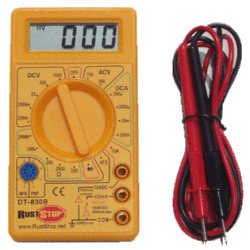I have a St Croix Presscott stove. The igniter just up and stopped working last night. I replaced the igniter today and it still will not light.
Does anyone know what might be wrong or point me in the right direction?
Does anyone know what might be wrong or point me in the right direction?


 !! Do not do this if you don't know how to work with 120 volt electric circuits, this test will generate high temperatures and can cause fires. This can kill you if you are not careful Warning
!! Do not do this if you don't know how to work with 120 volt electric circuits, this test will generate high temperatures and can cause fires. This can kill you if you are not careful Warning